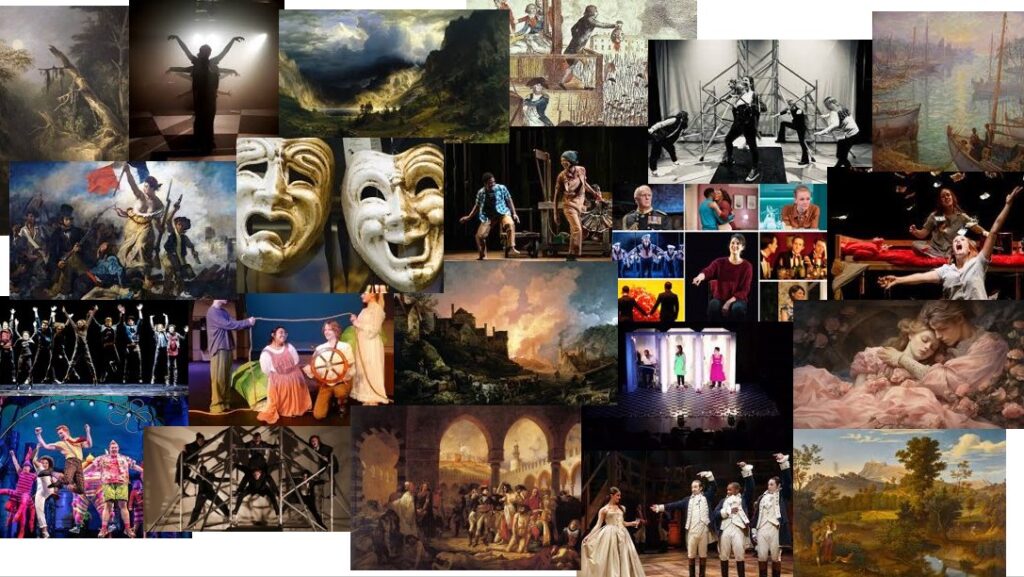When thinking on what topic I could have for my personal study, I initially thought of the island’s relationship with Guernsey and take more of a historical approach. But the theme of Nostalgia and the idea of the project being personal to me, all I could think of my experiences in the theatre world. How similar are theatre and photographic art?
Environmental Portraiture
This topic in my studies so far allowed me to create aspects of drama within my photographic images. Commenting on the lives of people in their everyday environments.
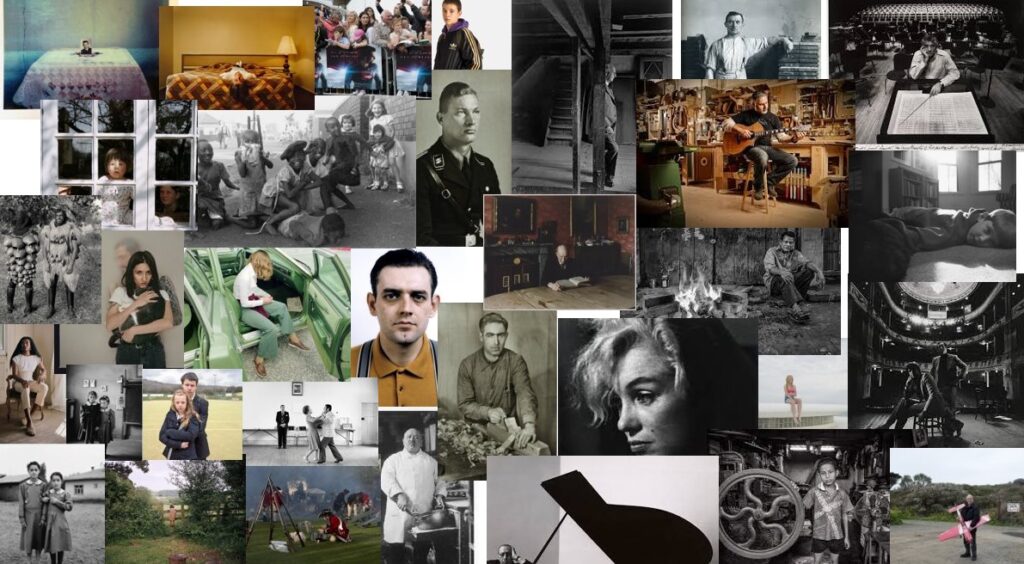
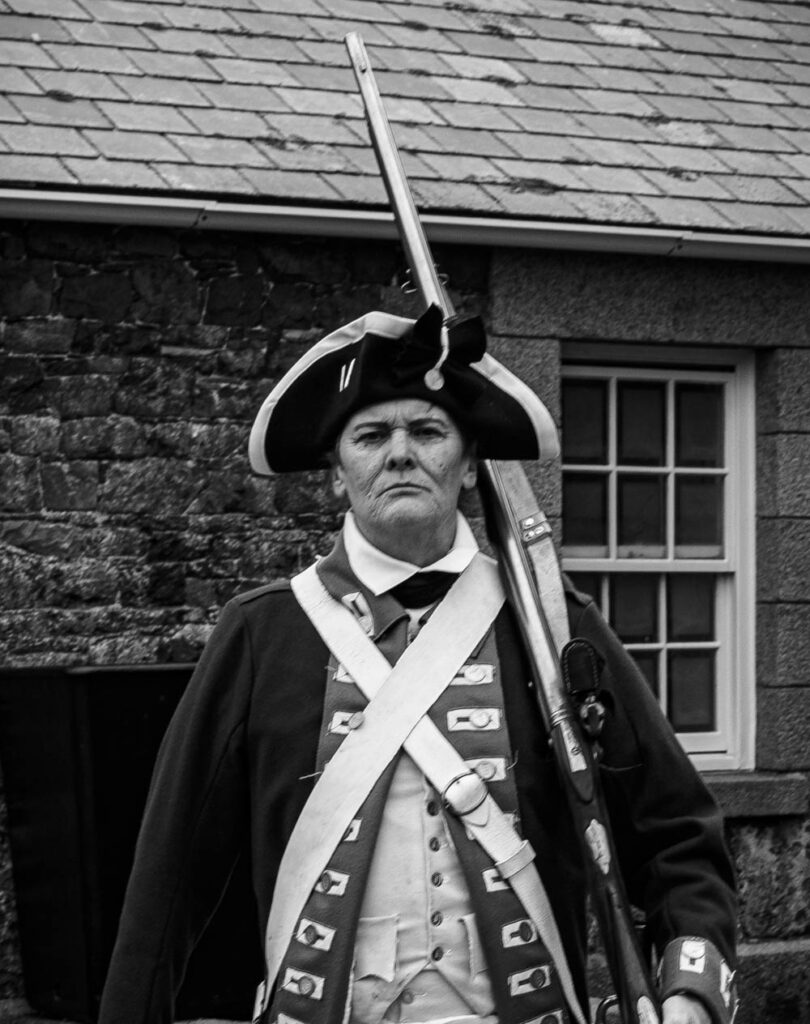
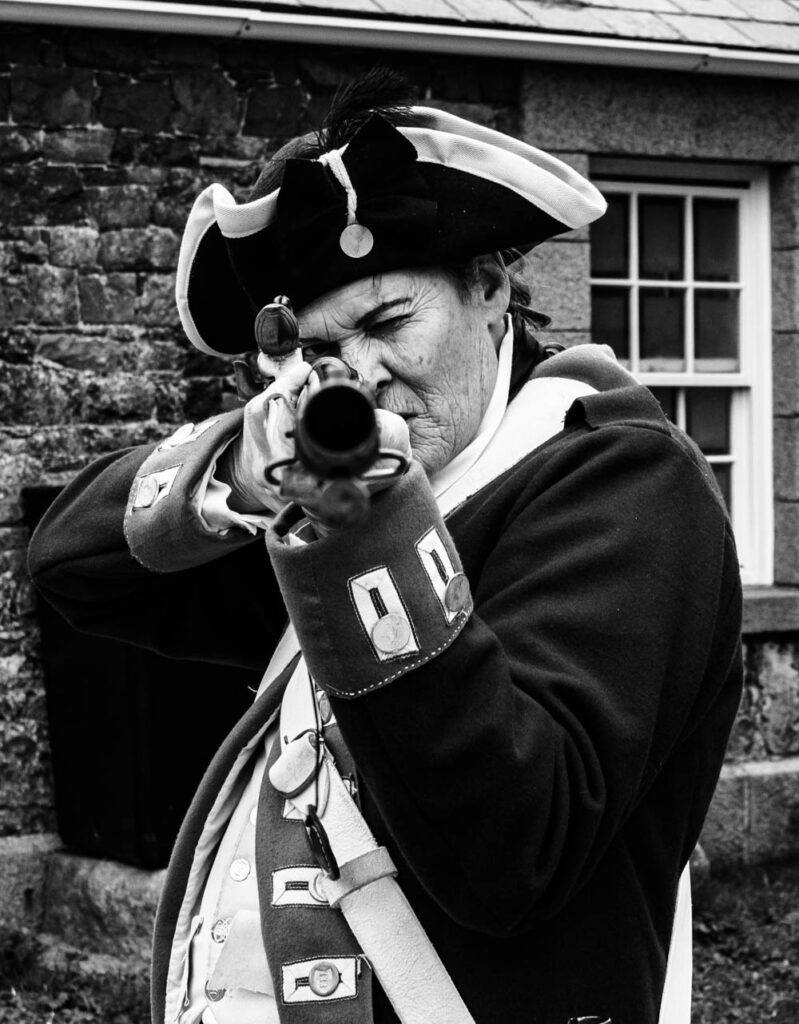
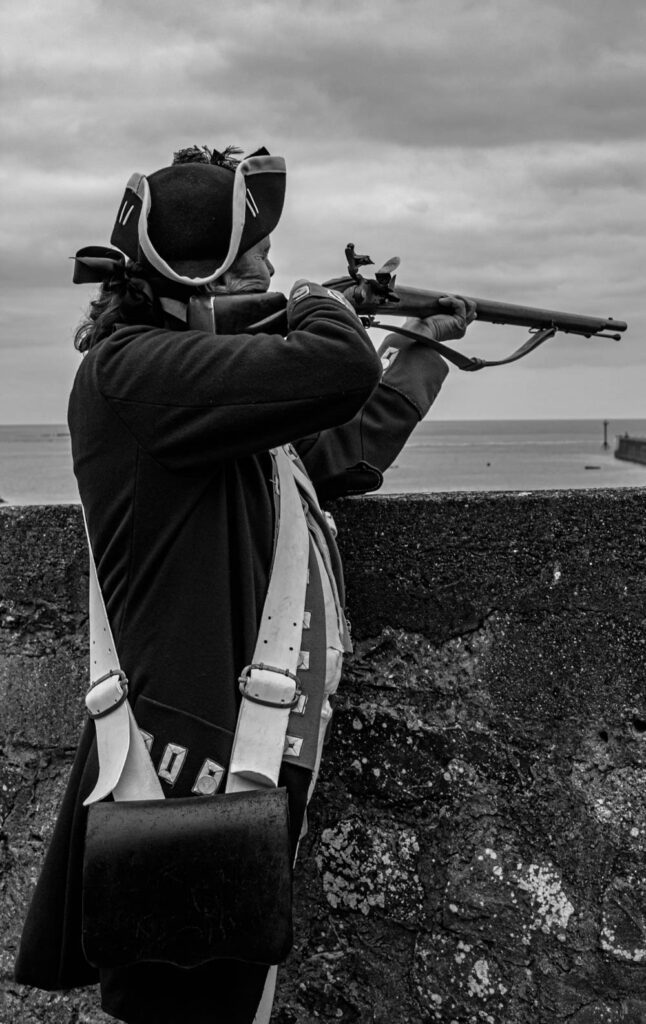
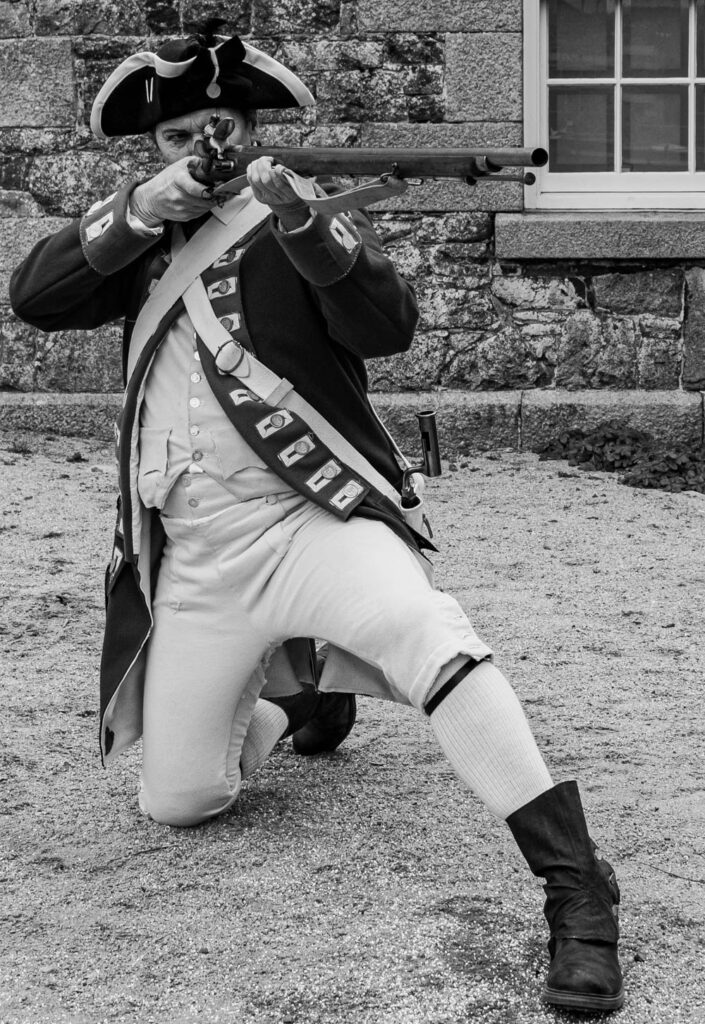
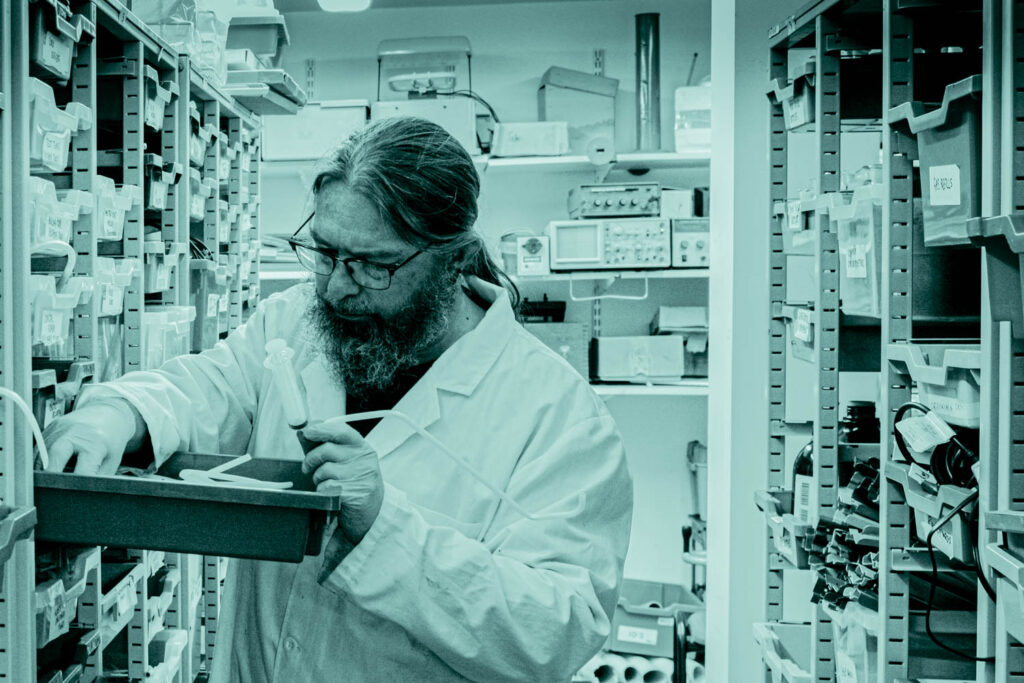

Environmental images allow an insight into the lives of those pictured. For example, an image taken by Arnold Newman shows two men posing on a stage in a theatre – you can tell that they have some kind of connection to theatre, without knowing that those depicted, are famous playwrights, Harold Pinter and Tom Stoppard. The ways in which environmental portraits are put together outline the subjects story in ways that don’t necessarily show it so obviously.
Typologies
Typologies allow a photographer to tell stories in images where the settings on the camera don’t change, the subject in the images are similar, the framing could is the same. This topic was a useful way to understand the simplicity of just having multiple images of similar subjects (ie bunkers or water towers) being presented in a way that is actually quite impressive and explores its own message as a whole.
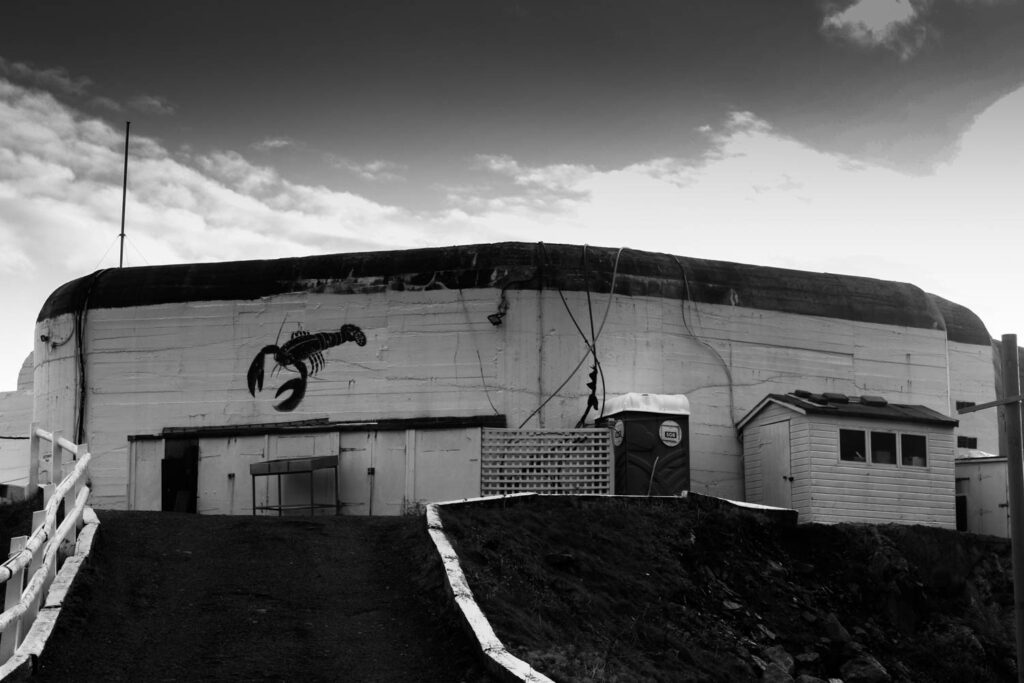
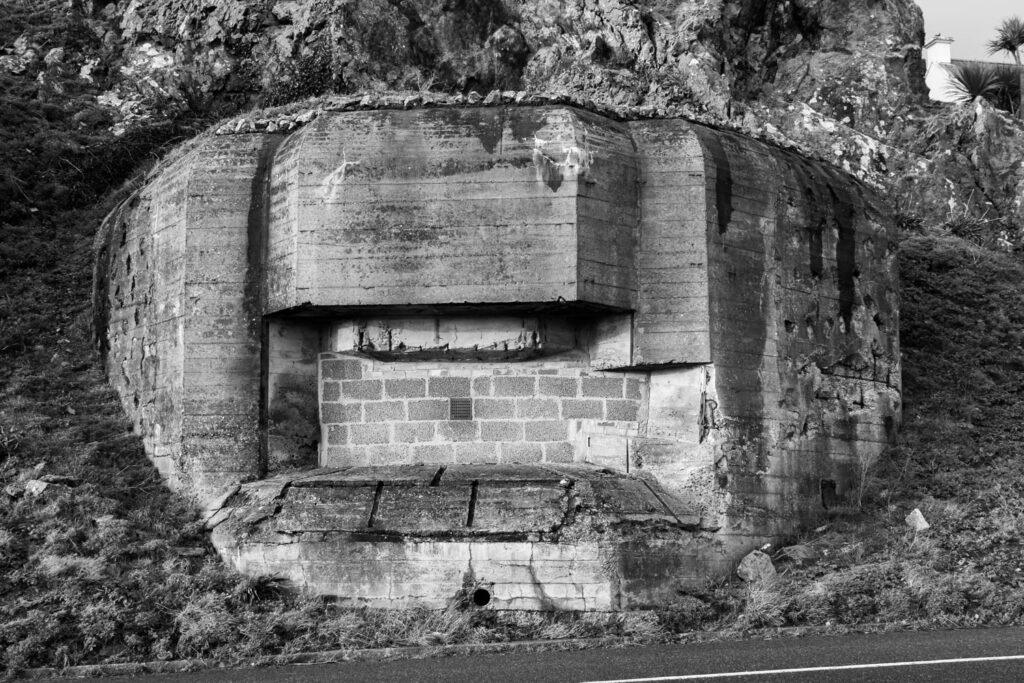
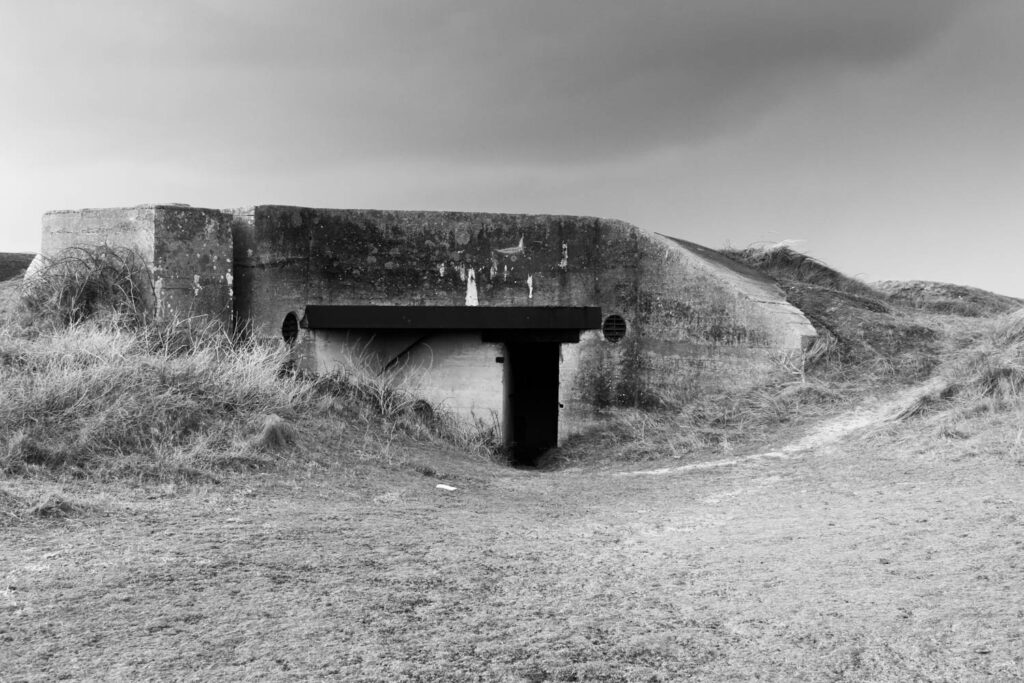
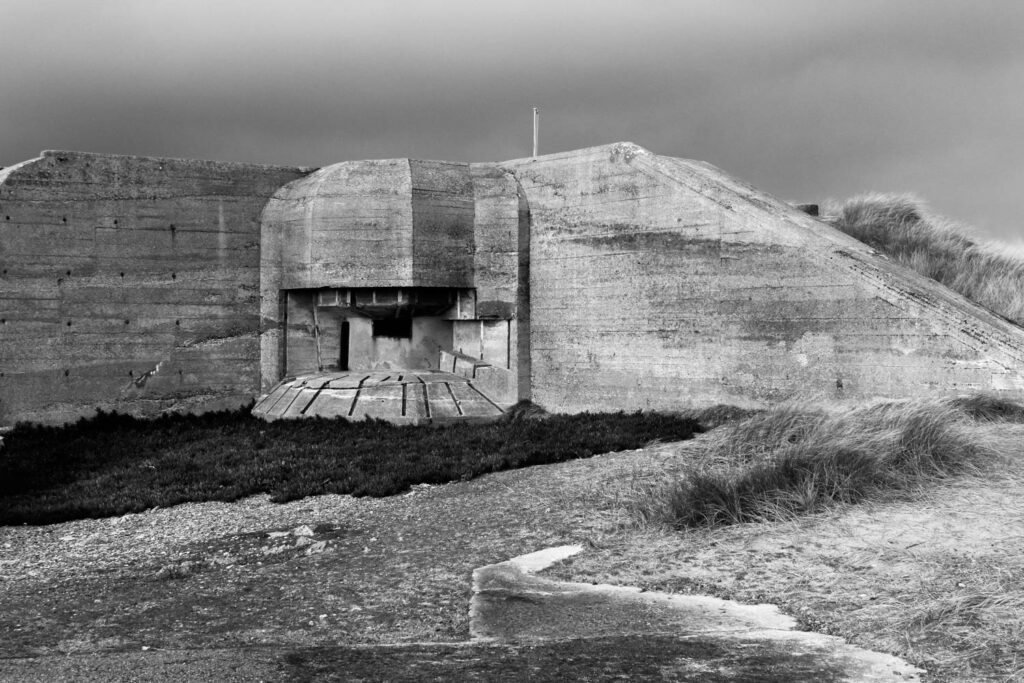
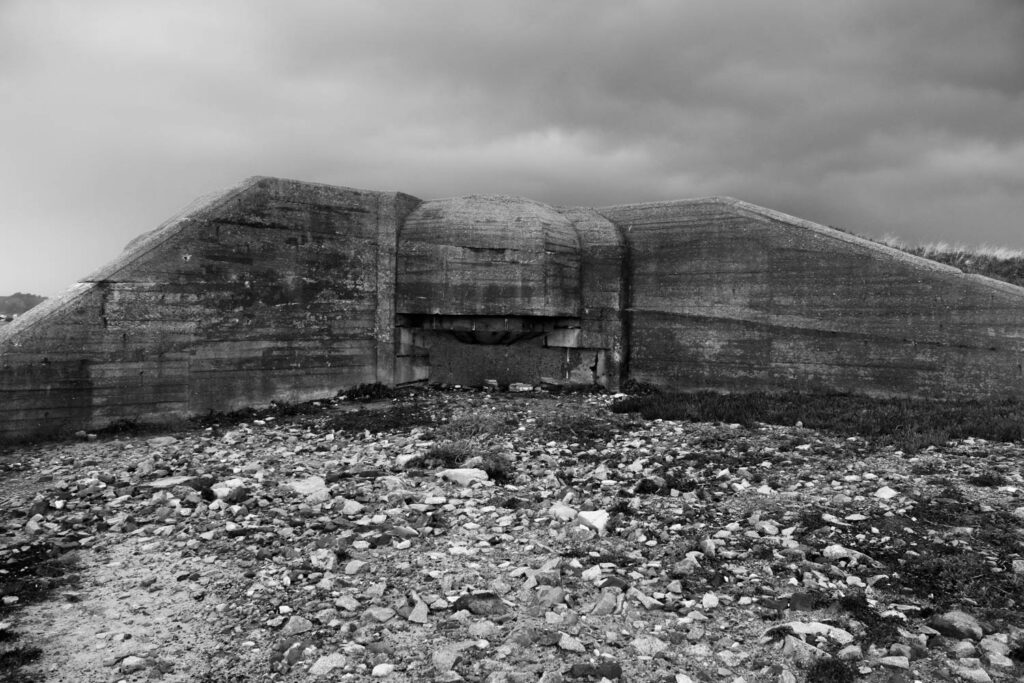
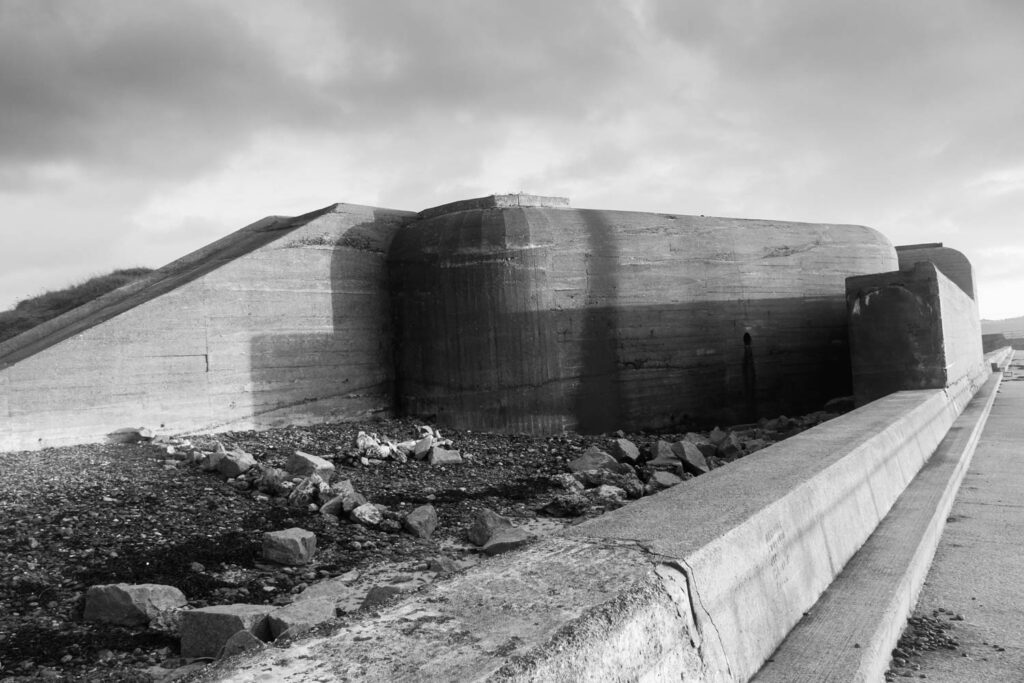
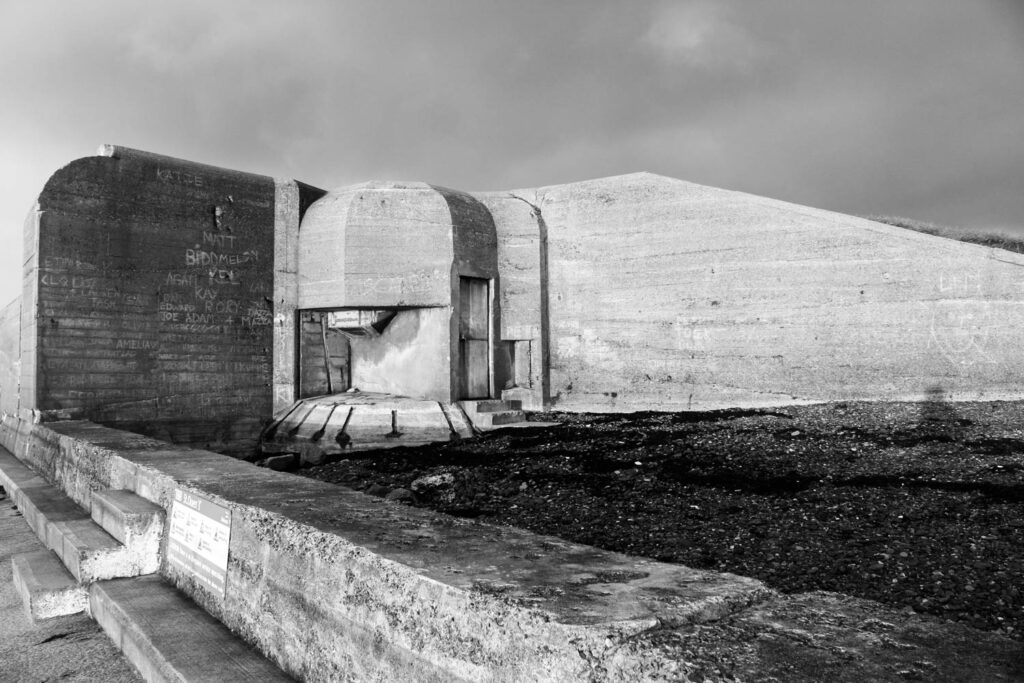
Henry Mullins
Mullins was a Jersey based photographer in the 19th Century that took thousands of portraits of the islanders during his time in the island. Presenting his images in the traditional format of a diamond cameo. This simple style of portraiture reminds me of the simplicity of actors’ headshots – a simple image is a necessity in the theatrical world.
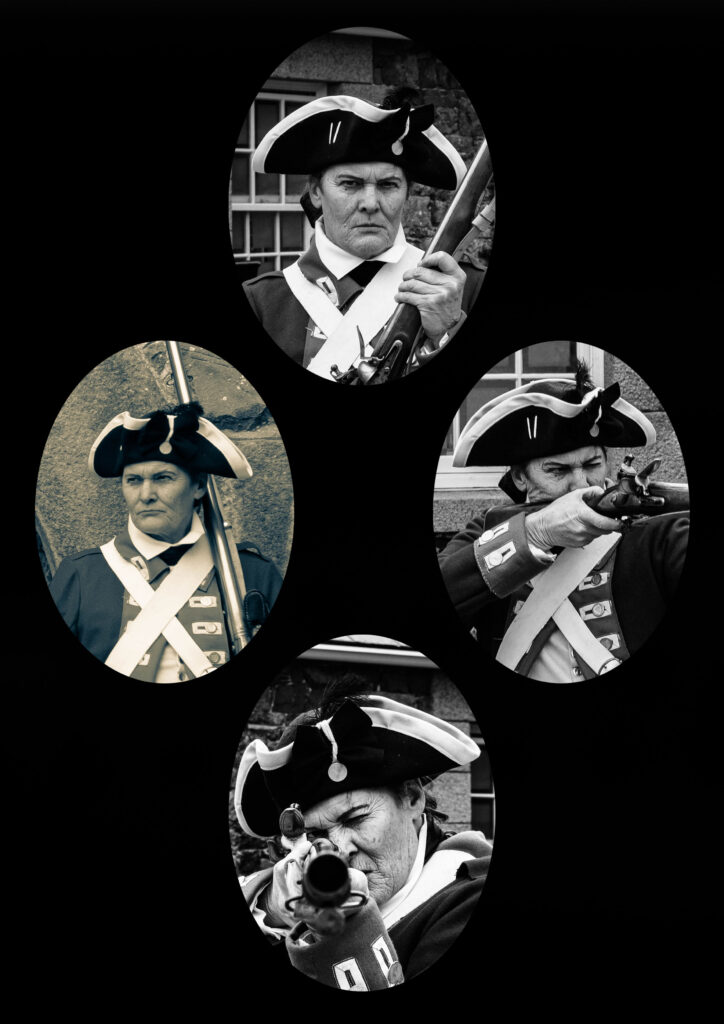
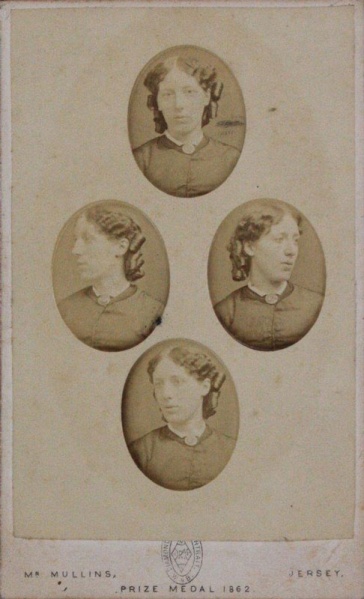
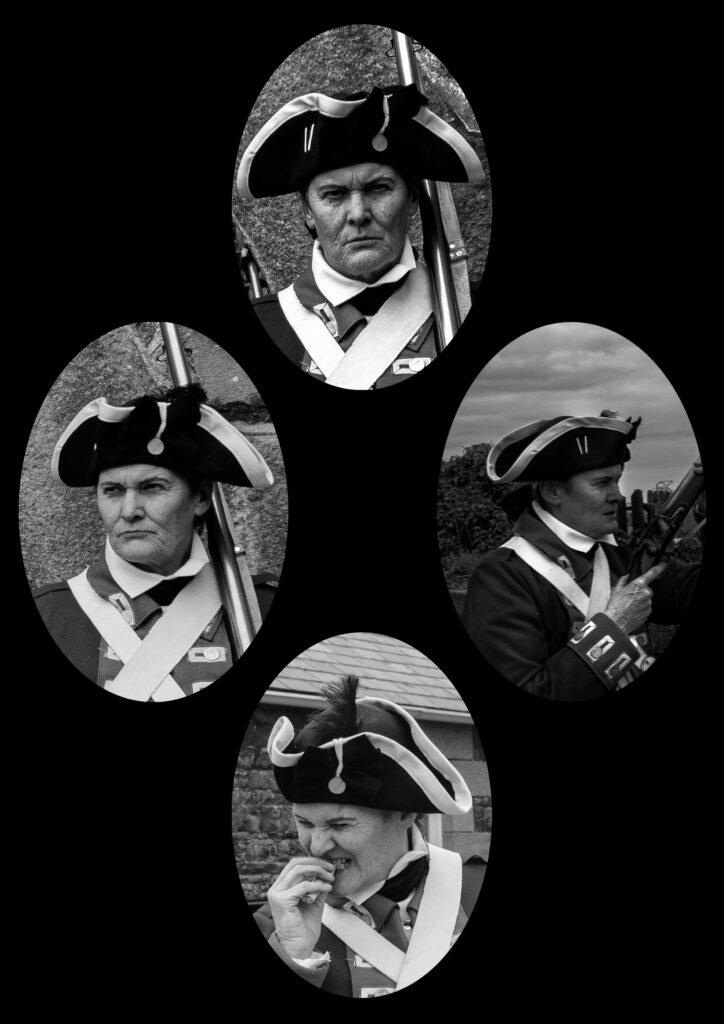
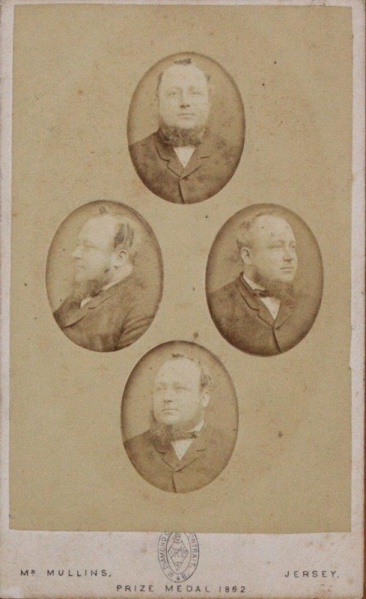
Romanticism
Romanticism itself could be seen as a rejection of the precepts of order, calm, harmony and rationality that typified Classicism in general and late 18th-century Neoclassicism in particular.
Romanticism emphasized the individual, the subjective, the irrational, the imaginative, the personal, the spontaneous, the emotional, the visionary, and the transcendental.
These ideas greatly influenced how actors and directors approach aspects of theatre, differing from the traditional operatic productions to modern day musicals and non-naturalistic plays stemming from the works of Steven Berkoff and Bertolt Brecht.
